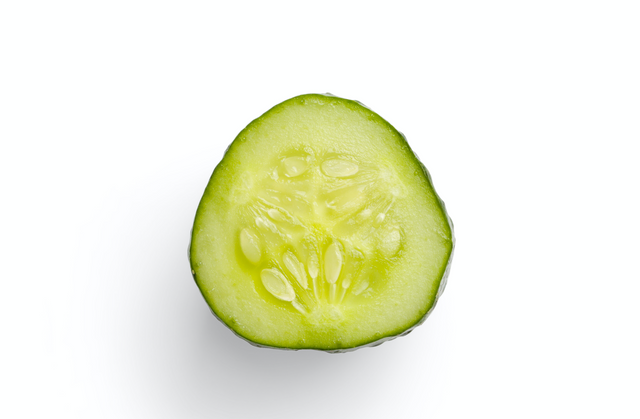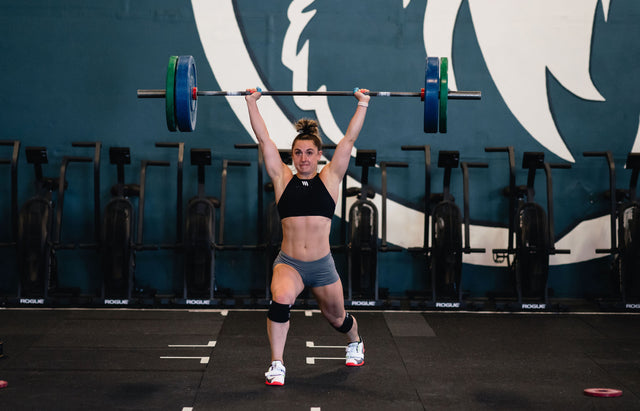Sitting in a hot dry sauna can provide your lungs, muscles, brain, and body the therapeutic moisture and heat it needs to detoxify and relax, but did you know that sitting in a sauna can raise your levels of human growth hormone? It’s true. Several studies suggest that specific sauna protocols can in fact increase HGH and reduce oxidative stress.
Do Saunas Increase Human Growth Hormone (HGH)
It’s true: since the 70s, studies have suggested that sitting in the sauna can induce changes in the secretion of hormones, particularly human growth hormone (HGH).
HGH is produced by the pituitary gland and spurs growth in children and adolescents. It also helps to regulate body composition, body fluids, muscle & bone growth, sugar & fat metabolism, and possibly heart function.
A study published in 1976 examined the effects of high temperature sauna on 55 healthy participants. The study found that the effects of high temperature (80-120 degrees Celsius) from sitting in the sauna raised HGH levels nearly 150% as well as plasma renin activity by 100% [R].
Noradrenaline is usually the only catecholamine, a type of neurohormone (a chemical that is made by nerve cells and used to send signals to other cells), raised by the sauna in people accustomed to it.
The secretion of the antidiuretic hormone is increased, and the renin-angiotensin-aldosterone system is activated. The concentrations of the growth hormone and prolactin in particular secreted from the anterior pituitary are significantly increased [R].
Changes in cortisol levels are also experienced during sauna. Hormonal changes and levels induced during sauna are normalized, however, within a few hours after heat stress is reduced.
Benefits Of Sauna On Athletic Performance
Increases in core temperature via adaptation through modalities like sauna can promote physiological changes that result in increased endurance, more muscle mass, and an increased tolerance for induced stress.
Resistance training and lifting weights is nothing more than placing more physical stress on your body to induce changes in body composition and produce adaptation. Much in the same way that resistance training can acclimate your body for improved stress and physiological change, heat acclimation can do the same for endurance.
Enhanced Endurance Capacity
If you have ever run long distance, are an avid climber, or log a ridiculous number of miles on the pavement cycling, your intuition will tell you that increased core temperature will induce strain, stress, and increase time to exhaustion. However, what you may not know is that heat acclimation, via sauna or ways independent of aerobic activity, may in fact produce adaptations that can later reduce the attenuation caused by heat to further enhance endurance capacity and performance.
The concept of acclimating to heat independent of aerobic activity is referred to “hyperthermic conditioning.”
Hyperthermic conditioning optimizes blood flow to the heart, muscle tissue, and skeletal system because it increases the plasma volume. Because of this, training adaptations and physiological changes will occur such as:
- Improved cardiovascular function with lower and stabilize heart rate
- Lower core body temperature during endurance activity
- Higher sweat activity and sensitivity through adapted thermoregulation
- Reduced rate of glycogen depletion leading to better recovery
- Increased rate of oxygen transport
- Increased red blood cell count
One study published in Journal Of Science and Medicine In Sports found that sauna increased the time to exhaustion by 32%, accompanied by a 7.1% increase in plasma volume, and 3.5% increase in red blood cell (RBC) count with a 3 week, 30 minute post-workout sauna protocol [R].
Muscle Hypertrophy
Resistance training produces more muscle hypertrophy. Heat also induces muscle hypertrophy. Therefore, adding in a post-workout sauna session can complement your training and optimize athletic performance outcomes.
At any given time, your body is maintaining and building new protein cells, while degrading and cannibalizing old protein cells. Hypertrophy involves both an increase in muscle cells' size and strength. The important part of muscle protein synthesis is to be in a positive balance. Hyperthermic conditioning reduces protein degradation and muscle mass breakdown, therefore, resulting in a positive amino acid and protein balance.
Brain Activity
Modulation of core temperature could largely be responsible for increased brain activity and betterment of learning, memory, and ameliorating depression & anxiety stimulating the beta-endorphin system.
One of the ways the brain responds to heat is by the production of heat shock proteins.
Norepinephrine helps with focus and attention, while prolactin promotes myelin growth: this makes your brain function faster, which is key in repairing nerve cell damage.
Studies have shown that sauna can increase norepinephrine between 300-500% and prolactin up to 500%.
Does The Sauna Increase HGH: Takeaway
Sitting in the sauna post-workout can in fact raise circulating HGH thereby helping rebuild and repair muscle tissue for better athletic performance. Hyperthermic conditioning can help your body adapt and acclimate to an increase in core body temperature, inducing greater changes in endurance capacity, brain activity, and hormonal activity.
Need Help With Optimizing Your Diet And Nutrition Plan To Finally Get The Results You've Been Waiting For?
SWOLVERINE IS AN ENDURANCE ATHLETE AND ACTIVE LIFESTYLE BRAND. MADE FOR THE ELITE ATHLETE, AND THE STRONG-WILLED OUR PRODUCTS WERE DESIGNED TO FUEL YOUR ATHLETIC PERFORMANCE. WE PERFORM WHEN YOU PERFORM.
We believe that everyone can optimize not only their athletic performance but their human potential. The way we believe we can optimize performance is through transparency, clinically effective doses, and clinically proven ingredients with evidence-based outcomes. We provide the nutrients you need to power your active lifestyle.
Find similar articles:
Wellness








